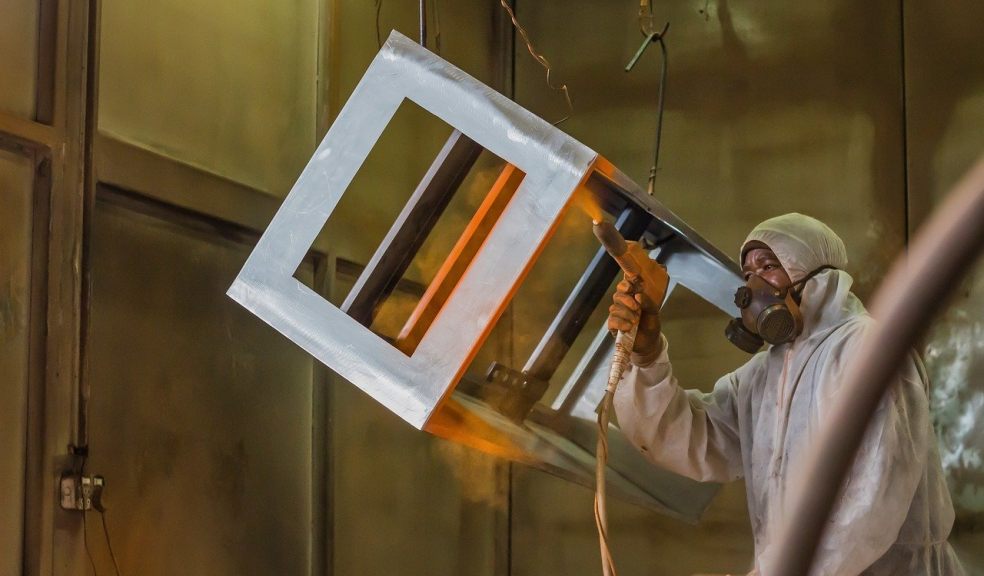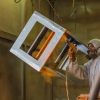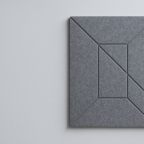
Your Guide to Custom Metal Coatings
After the processing of the metal has been finished, the metal typically requires a metal finish as the last step of the manufacturing process. This finish, or metal coating, provides the metal with aesthetics and environmental protection. Several other benefits are connected with giving metal a good custom metal coating, which we will go more in-depth with later on in the article. Read on to learn more about custom metal coatings, standard coating processes, the benefits of coating metal parts, and much more.
Your Guide to Metal Coatings
A good custom metal coating is essential in order to protect metal objects and parts from damages like scratches and corrosion. A metal that doesn’t have a solid metal coating is very vulnerable to several different types of corrosion like:
- Caustic agent corrosion that stems from exposure to chemicals
- Galvanic corrosion if the metal is in electrical contact
- Standard corrosion
- Cracking from pressure
- Localized corrosion
Luckily, innovative minds from all over the world have solved this problem in our day and age. Today, there are many different ways to protect and prevent metal objects from corrosion. This is done by applying a protective coating. Metal coatings can be used in several other processes such as, e.g., electroplating, spraying, and hot dipping, which all are very effective at covering entire metal surfaces, including vulnerable areas.
If you are looking for an efficient way to protect metals, you will quickly notice the many different options out there. We seek to make it simple for you on this custom metal coating website. While there are a large variety of protective coating materials and processes, it is essential to remember that each one is designed to focus on very specific needs and environmental needs. Furthermore, it is crucial that you remember to check up on regulatory and environmental issues before choosing a coating – there may be different requirements depending on where in the world you are located. The good thing about custom metal coatings is that they can be very precisely formulated and designed to meet your specific needs in the form of cure time, gloss, VOC, and other specific desired properties.
Typical Coating Processes for Metals
There are several different types of custom metal coatings, and they differ in varying ways. Here are the five most typically used coating processes:
- Hot Dipping: You can probably guess what this process is like by the name. With Hot Dipping, the metal objectives are submerged in a liquid coating. Hot dipping is generally used for metal objects that are very complex and can be hard to thoroughly or evenly coat with a spray gun. Furthermore, it is typically used for metals that have to survive harsh conditions.
- Brush or Roll Coat: This is probably the simplest way of applying a protective coat. The material, or paint, is just brushed or rolled onto the metal. This is typically used for metal surfaces that easily can be reached and fully covered.
- Liquid and Powder Spraying: Liquid spraying is usually used to apply ordinary paint or a protective coating on a surface that is hard or even impossible to fully reach with a typical brush or roller. Powder spraying is similar, but here you spray the dry powder onto the metal, which afterward is charged with an electrostatic charge. The denser and more extensive the area that needs to be covered, the more energy or electricity is required to get the optimal result from the powder coating.
- Electroplating: When electroplating, you are using an ion plating process. By using this process, you are altering the ionic makeup of the metal surface. This results in a metal surface that is much more resistant to moisture, electrolytes, and in general normal corrosion. Using this method is super ideal for surfaces or objects that are complex and simply can’t be thoroughly coated through other means of coating.
- Conversion, or Electroless Plating: This requires several different processes that combined transforms the surface of the material into an almost fully corrosion-resistant surface. This is done with black oxide processes that oxidize the metal surface, changing it into a blackened and microporous surface.
The Many Benefits of Coating Metal Objects
There is no doubt that coatings are super popular. They provide the customer with long-lasting benefits that are very significant. Here is a list of some of the many different benefits:
- Durability and overall surface strength are significantly improved
- It protects electrical conductivity. This is very useful for commercial or industrial components.
- The possibility of using high-quality aesthetics, with many different types of, e.g., polished surfaces.
- An overall much better resistance to damage of all kinds. A good metal coating completely resists chemical damage, corrosion, galvanization, and much more.
- It results in improved torque and super easy lubrication for many different types of parts.

















